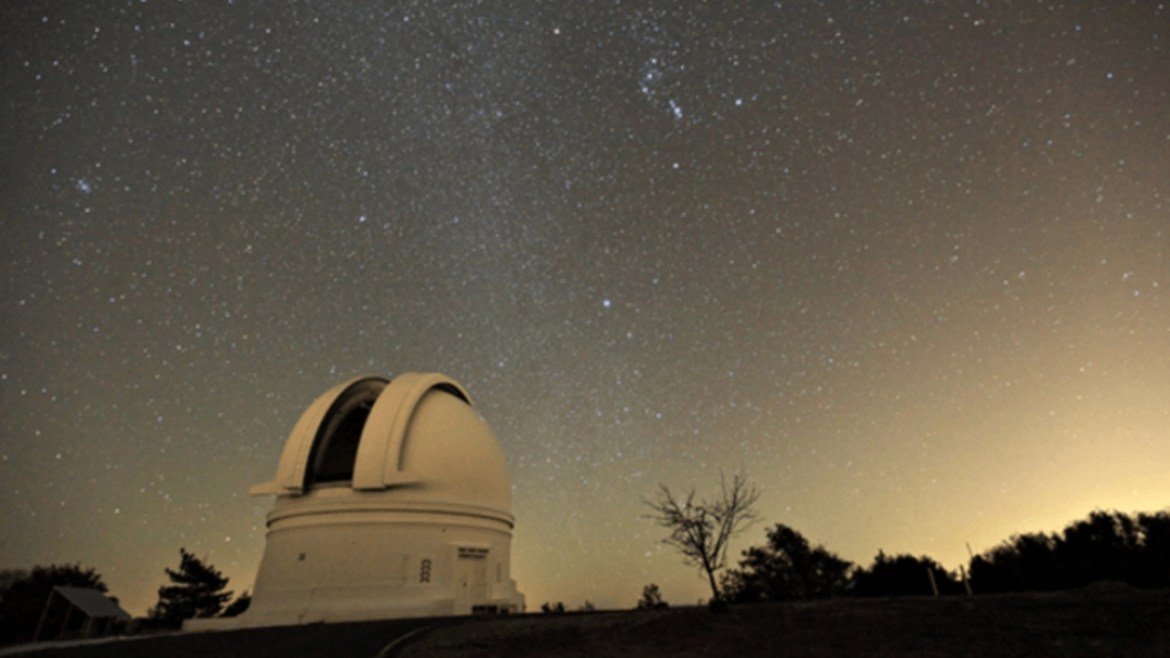Researchers at the Harvard & Smithsonian Center for Astrophysics have observed a type of double star that is theoretically known to exist for a long time. With this discovery, the team of scientists revealed how a rare type of star in the universe formed and evolved.
The researchers published the paper describing their findings in the Royal Astronomical Society. Dr. Kareem El-Badry and his team conducted the study with data from the Shane Telescope at the California Lick Observatory and several astronomical studies.
The double star was discovered by this method!
Phys. When a star dies, there’s a 97 percent chance that a white dwarf becomes a small, dense object that contracts and darkens after using up all of its energy, org reports. But in rare cases, a star may become an extremely low mass (ELM) white dwarf.

ZTF
These stars, less than one-third the mass of the Sun, pose a question: if stellar evolution calculations are correct, all ELM white dwarfs are older than 13.8 billion years. That is, it’s like older than the universe itself and therefore physically impossible.
“The universe is not old enough to form these stars by normal evolution,” says El-Badry, who continues his studies at the Center for Astrophysics. Astronomers concluded that the only way an ELM white dwarf could form is through a binary star system. Gravity from a nearby star can quickly eat away at a star (in less than 13.8 billion years, at least) until it becomes an ELM white dwarf. However, this is not a definitive finding.
The scientists found that normal, massive stars like the Sun cluster onto white dwarfs. This is called a cataclysmic variable star. They also observed ELM white dwarfs. But they did not observe the evolutionary transitional stage or the transition in between. So they couldn’t see when an ELM turned into a white dwarf.

ZTF
El-Badry and his team examined 50 potential candidates among a billion stars with new data from the space-based observatory Gaia launched by the European Space Agency and the Zwicky Transient Facility (ZTF) in the USA. He then followed up with close observations of 21 stars. He discovered that 100 percent of the candidates were these pre-ELMs.
“They were more swollen than ELMs,” the study leader said. They were also egg-shaped. Because the gravity of the other star distorts their shape. We found the evolutionary link between two classes of binary stars—catalysmic variable and ELM white dwarfs. ” said. Thirteen of the stars still showed signs of losing mass against their companions, while 8 seemed to be no longer losing mass. The temperature of each was also hotter than previously observed cataclysmic variable stars.
El-Badry stated that he will continue to work on other stars.